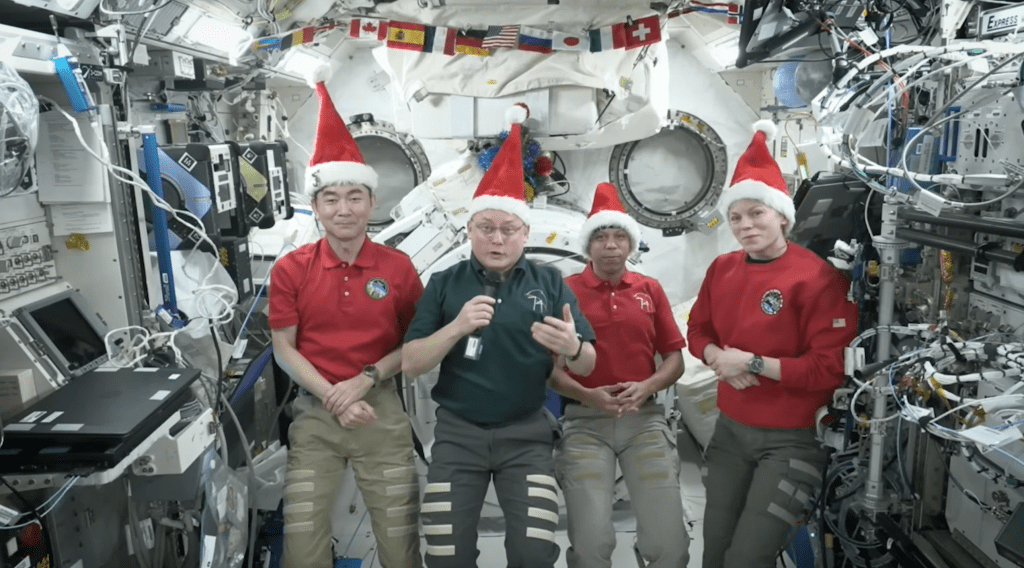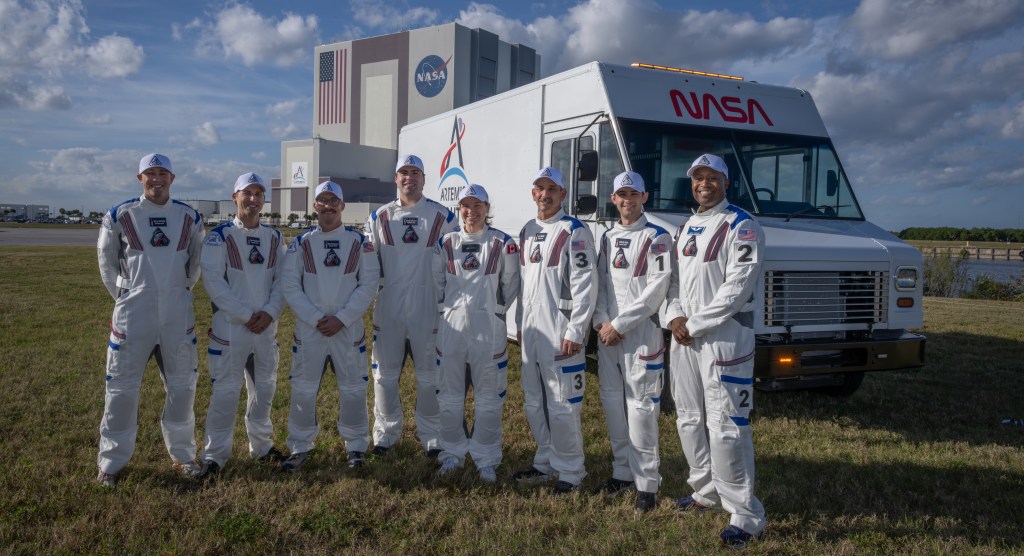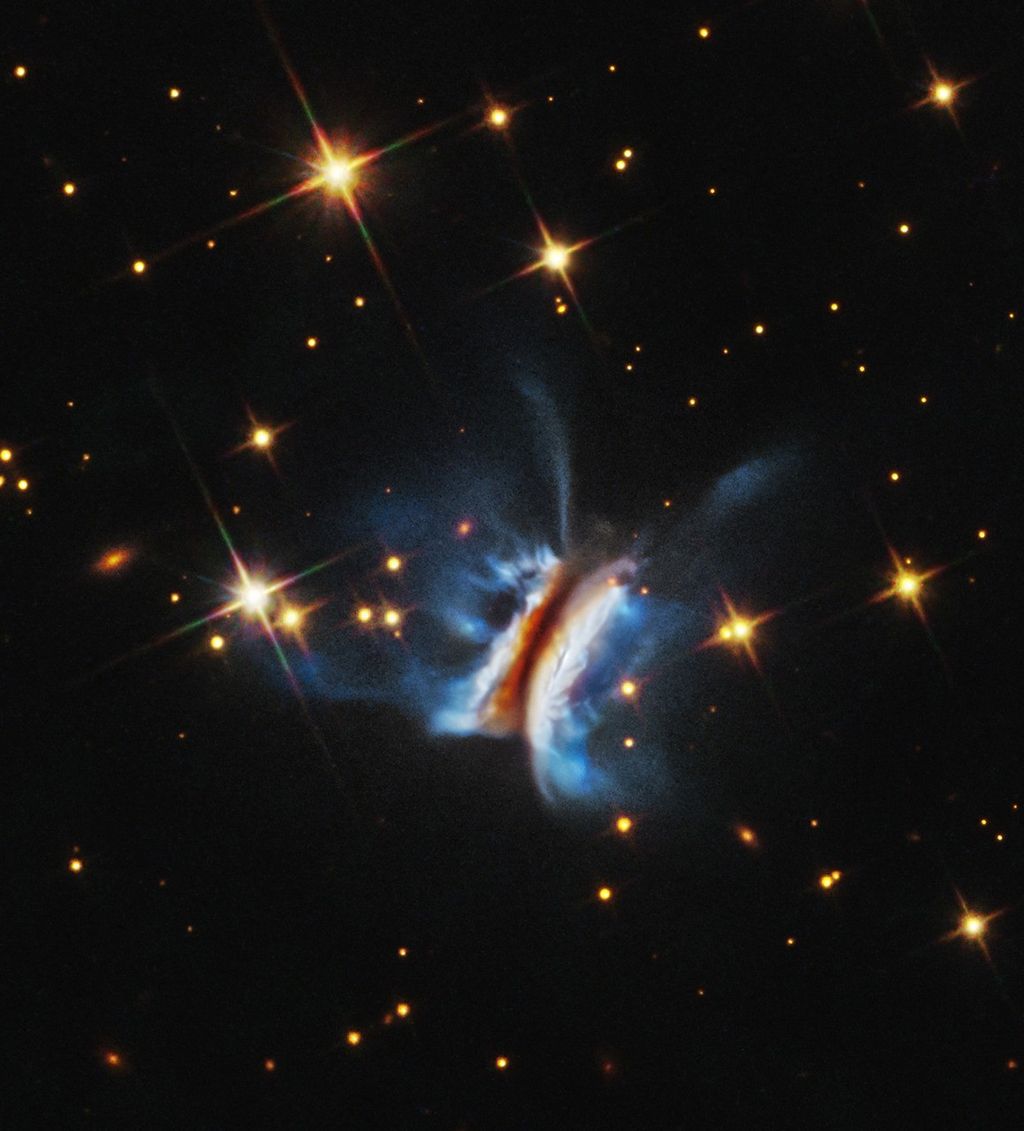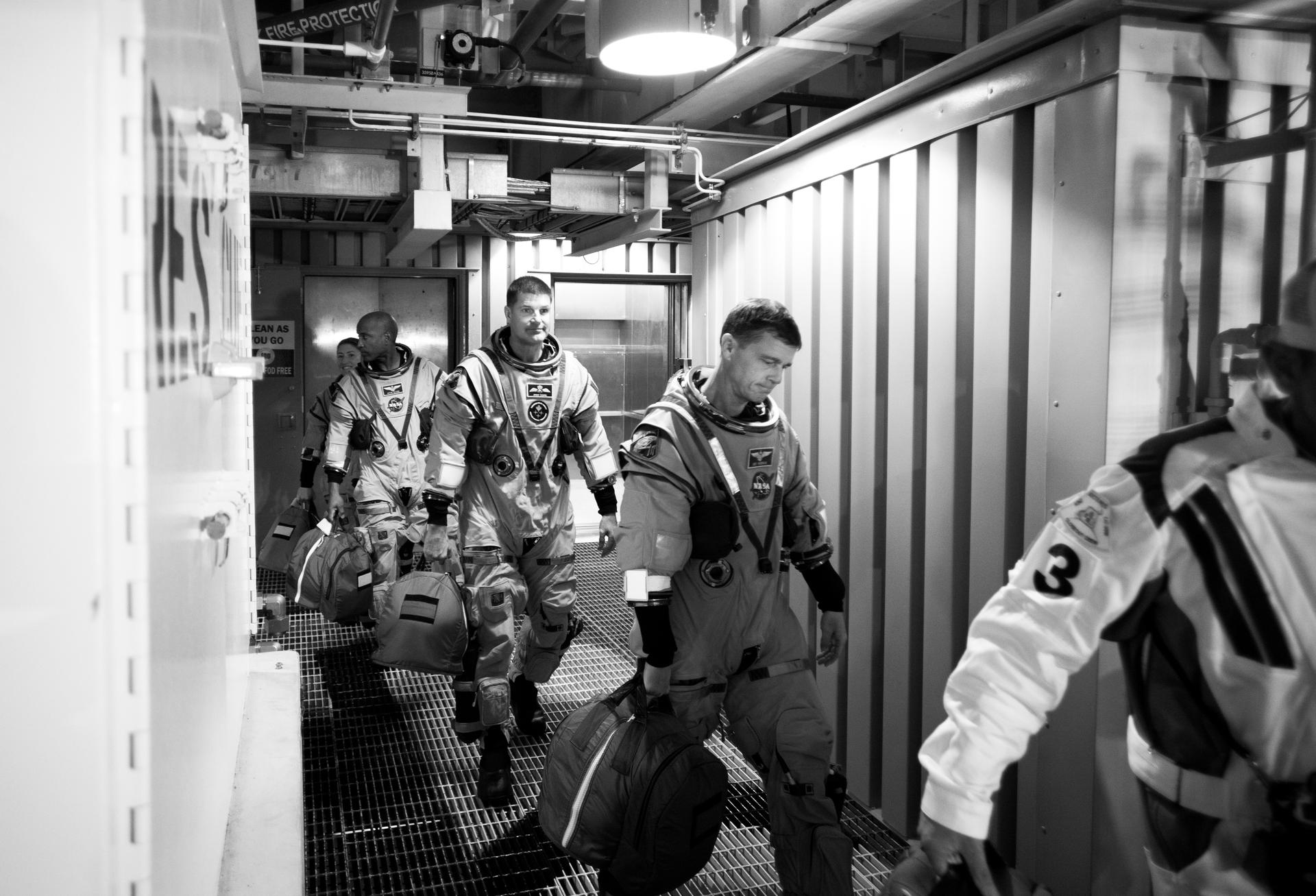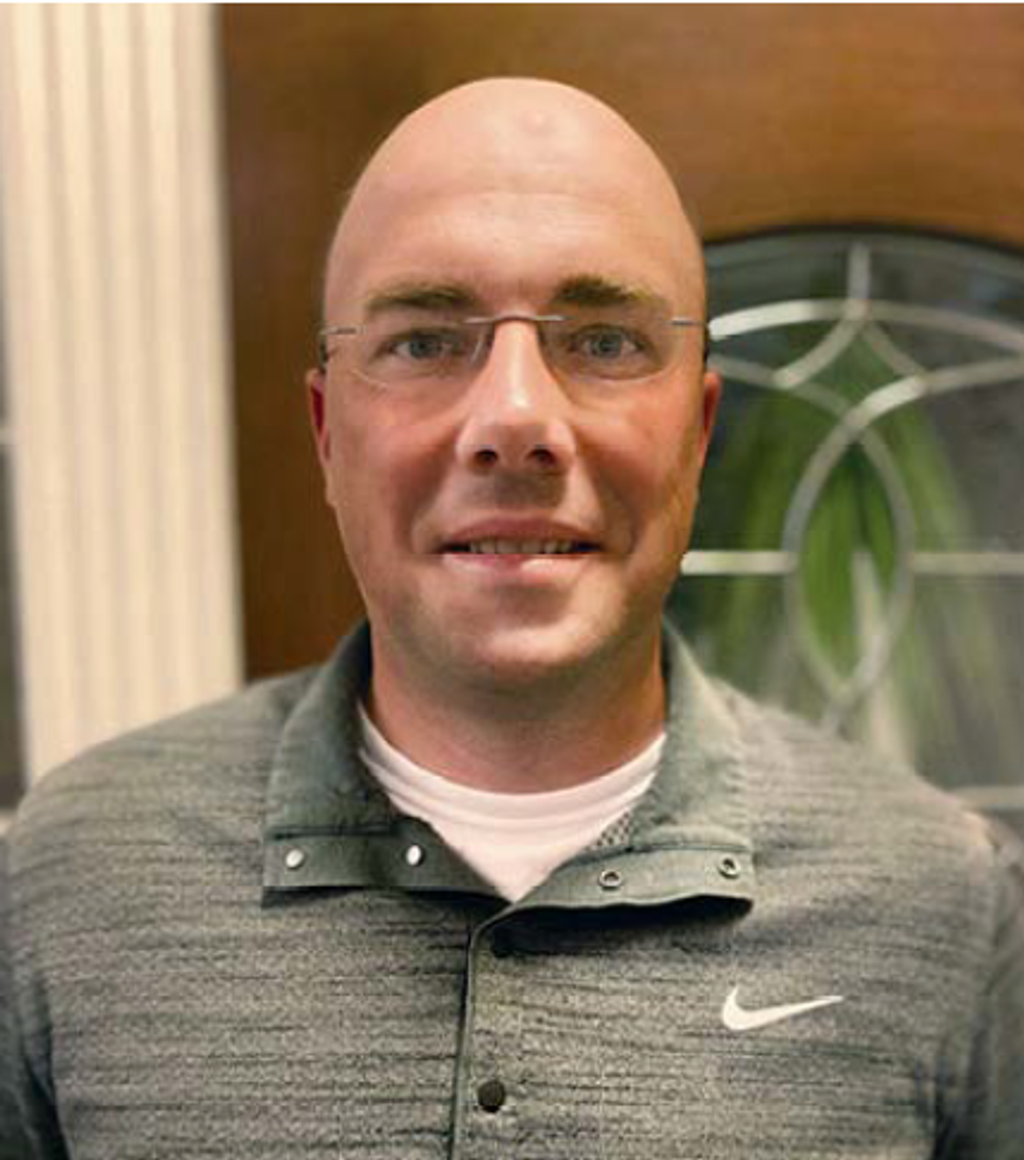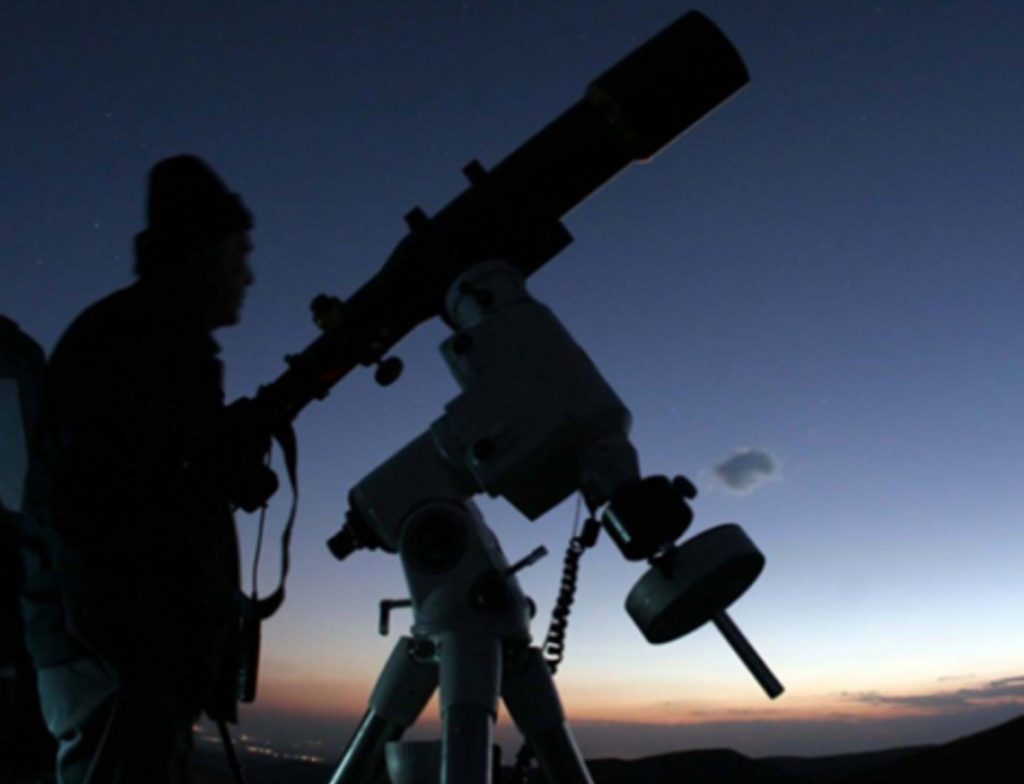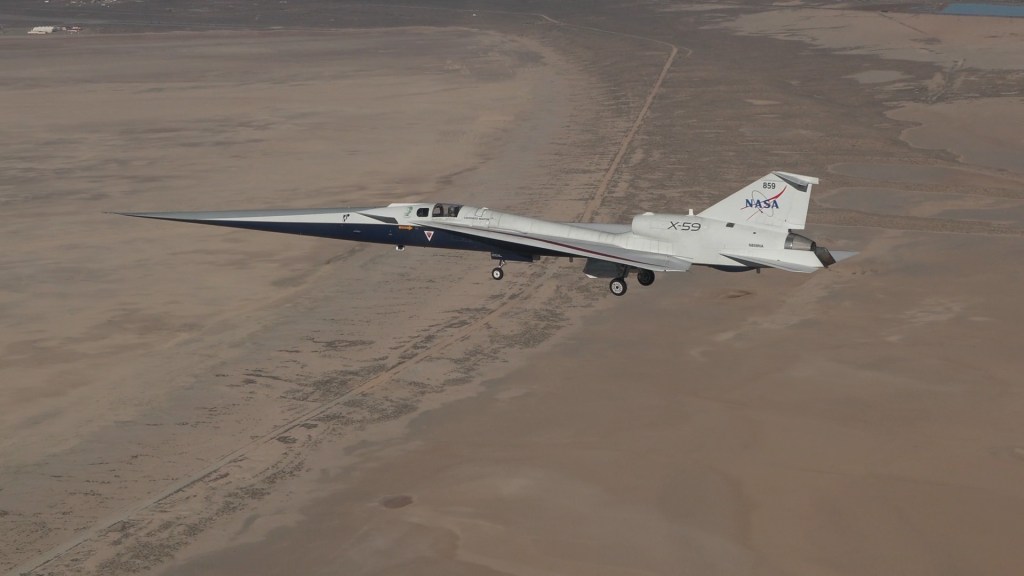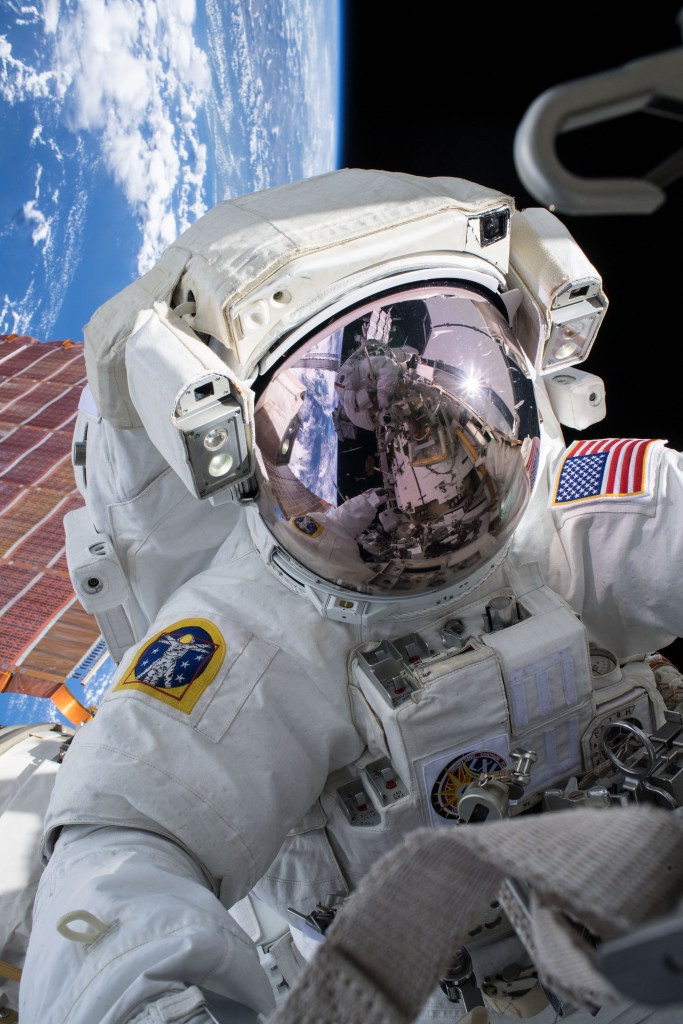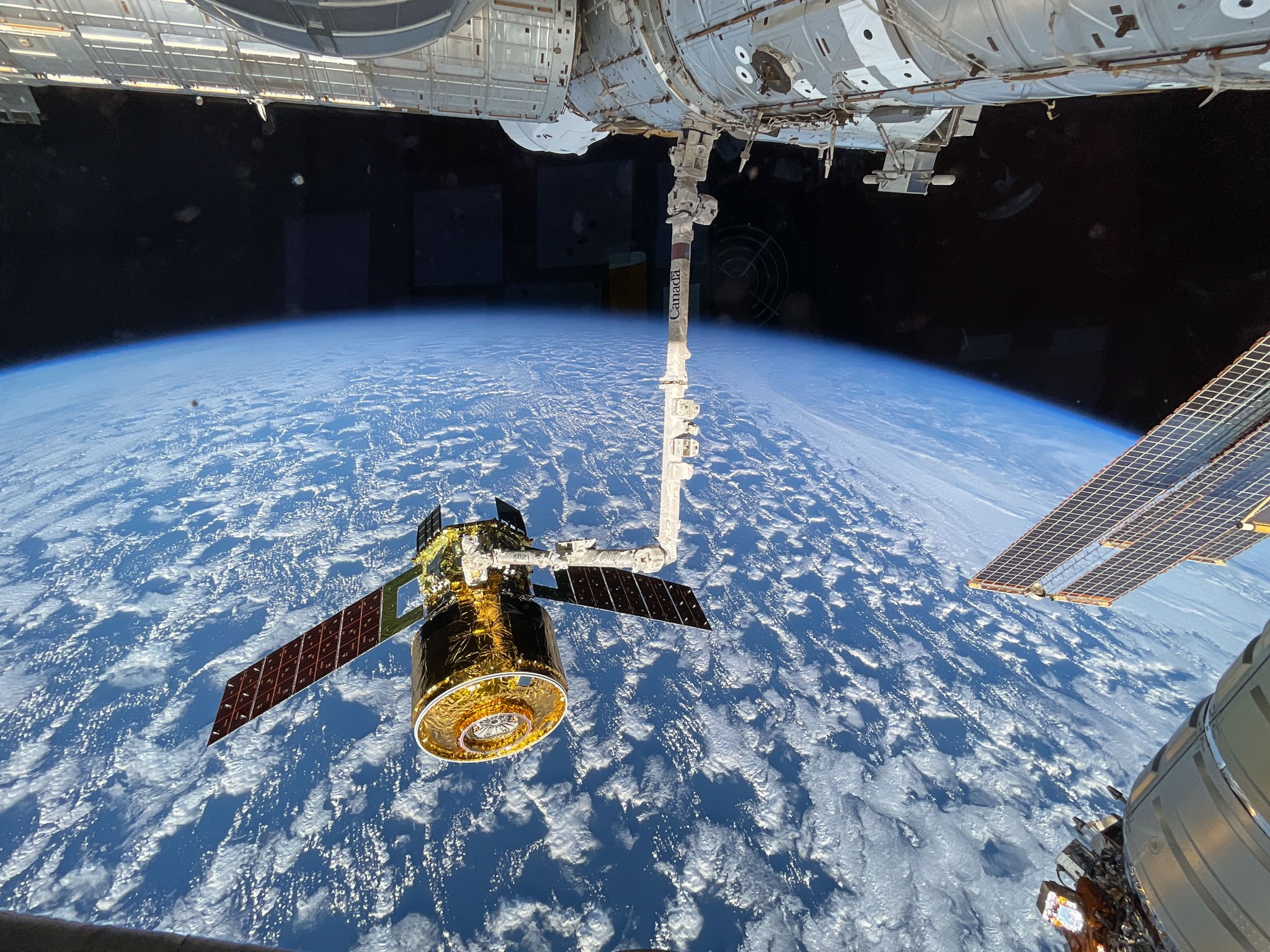Expedition 73 Crew Works Cardiovascular Research and Spacesuits on Thursday
Cardiovascular research and spacesuit maintenance topped the schedule for the Expedition 73 crew aboard the International Space Station on Thursday. The orbital residents studied how living in space affects blood circulation, swapped advanced gear on a spacesuit, and installed a new life support experiment.
NASA Flight Engineer Jonny Kim spent the first half of his shift in the Columbus laboratory module wearing electrodes scanning his chest with an ultrasound device to help doctors understand how his heart function and structure is adapting to weightlessness. After lunchtime, Kim jogged on the COLBERT treadmill then worked out on the advanced resistive exercise device while wearing a heart rate monitor that recorded his cardiac activity. The data collected throughout the day may inform researchers of the cardiovascular risk astronauts face as NASA and its international partners plan missions to the Moon, Mars, and beyond.
Roscosmos cosmonauts Sergey Ryzhikov and Alexey Zubritsky, station commander and flight engineer respectively, partnered together exploring how blood circulates to and from the smallest vessels in the human body in microgravity. The duo took turns wearing sensors on their forehead, fingers, and toes to monitor blood flowing to the microcirculatory and tissue systems. Results may help researchers develop techniques to protect long-duration space crews and prepare them for the return to Earth.
Flight Engineers Zena Cardman and Mike Fincke of NASA worked together throughout Thursday servicing a spacesuit inside the Quest airlock. Cardman and Fincke first swapped a life support device inside the suit that provides ventilation and cooling during a spacewalk. Afterward, the pair installed a radio inside the suit that enables communications between spacewalkers, crew members inside the station, and mission controllers on the ground.
JAXA (Japan Aerospace Exploration Agency) Flight Engineer Kimiya Yui spent his day inside the Kibo laboratory module installing a new carbon dioxide removal system delivered aboard the HTV-X1 cargo spacecraft on Oct. 29. The advanced life support technology seeks to demonstrate the efficient removal of carbon dioxide from a spacecraft to promote future Artemis missions to the Moon.
Roscosmos Flight Engineer Oleg Platonov started his day wearing sensors and a blood pressure cuff observing how his blood vessel health is affected by weightlessness and radiation. Afterward, he and Ryzhikov took turns pedaling for an hour on the station’s exercise cycle while wearing chest electrodes and a blood pressure cuff for a fitness evaluation.
Daily health monitoring and exercise are essential for astronauts living in microgravity for months or years at a time. The health and research data collected informs strategies to protect future crews on deep space missions.

